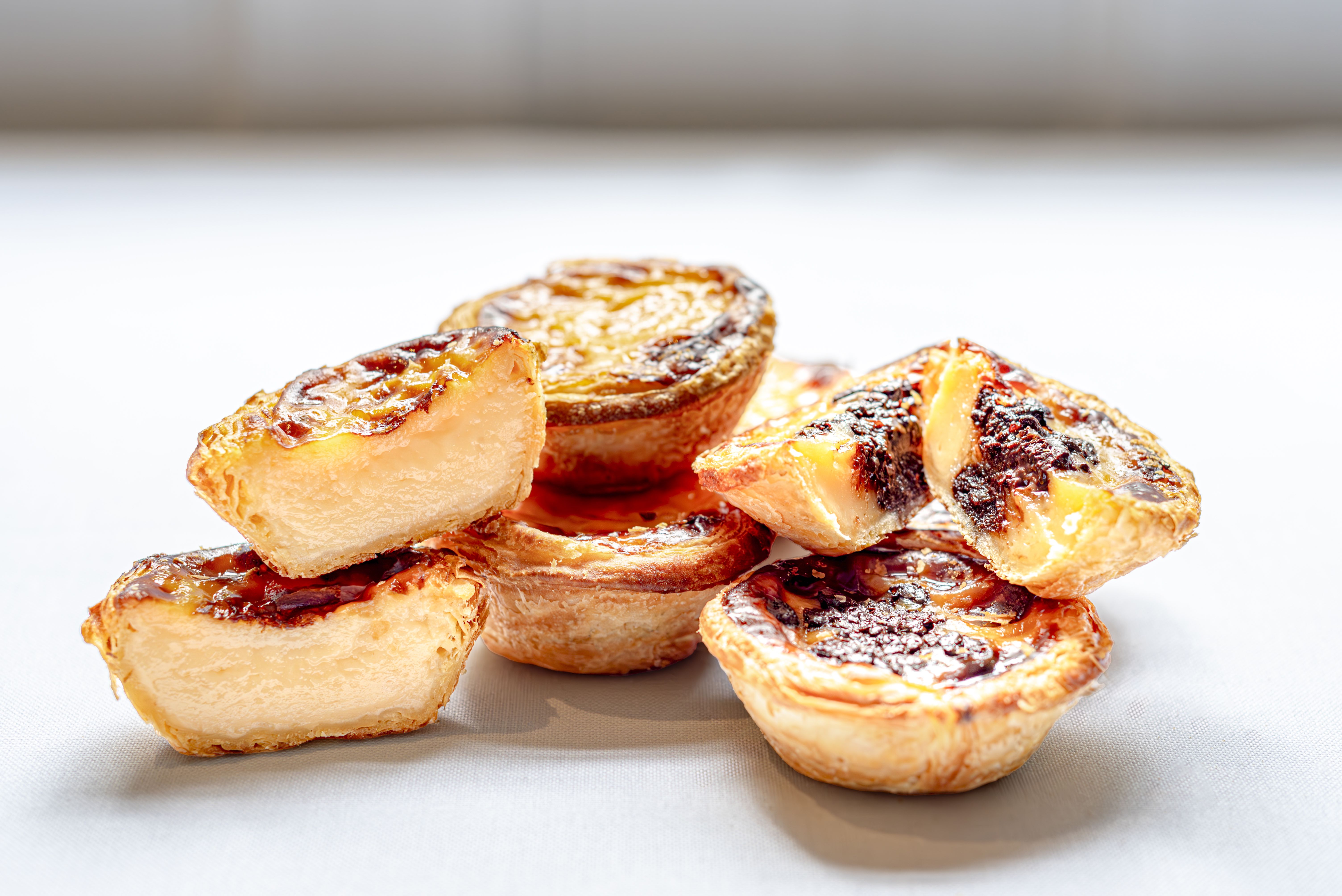Lego's enduring success as a single-product company is a testament to its ability to innovate and adapt while staying true to its core concept. The main virtue is the product's versatility. The Lego brick is a simple yet infinitely adaptable product. Another asset is constant innovation. Lego continually introduces new elements, themes, and characters, keeping the product fresh and exciting.
As it expanded internationally, Lego created a strategy that transcends global reach, focusing on deep engagement with local audiences. This approach has been instrumental in solidifying the brand's position as a cultural icon. A cornerstone of Lego’s local blueprint is the creation of immersive retail experiences. Lego stores are designed to be more than just places to purchase products; they are interactive playgrounds where children and adults alike can engage with the brand. By incorporating local elements into store designs, such as landmarks or cultural references, Lego creates a strong connection with the community.
In May, Lego opened its third Lisbon store, celebrating with a unique display: a 12-kilo pastel de nata constructed from 11,500 Lego bricks. Arguably the world's largest calorie-free pastel de nata, this creation showcased Lego's playful approach to local culture. The store also features a panel inspired by Portugal's iconic cobblestone pavements. This isn't Lego's first foray into Portuguese gastronomy. In 2023, the brand recreated a Porto-style francesinha using Lego bricks for their store opening in the northern city.
Choosing the pastel de nata to promote the new Lisbon store was a clever move. As a culinary icon of Portugal, the pastry generated significant social media buzz, demonstrating Lego’s understanding of the importance of local engagement in fostering both domestic and international attention.
Lego has used food-themed sets to expand its product line and appeal to different demographics in several ways. Many sets include food-related elements like pizzerias, ice cream trucks, or grocery stores. The brand has released various food-related sets, such as the Creator 3-in-1 Burger Food Truck, the Friends Heartlake City Restaurant, and the Street Food Market. Sets for younger children, like the Duplo Bakery, introduce the play food element to a younger audience. Designed to be simple and colorful, they help young children develop fine motor skills while engaging with familiar food items.
Food-themed sets have educational value, as they can be used by parents and educators to teach children about nutrition, cooking, and different cultures' cuisines in a creative way. These sets also tap into the popularity of food culture and culinary experiences, broadening their appeal across different age groups and interests. Advanced sets like the Parisian Restaurant cater to adult fans of Lego who enjoy complex builds and the nostalgia associated with classic diners and restaurants.
Lego has also occasionally partnered with food brands like McDonald’s and Kellogg’s, creating mutually beneficial marketing campaigns. Ultimately, food-themed sets are often visually appealing and highly shareable on social media, encouraging users to share their builds on social media platforms, generating organic and free publicity, and boosting brand awareness.





